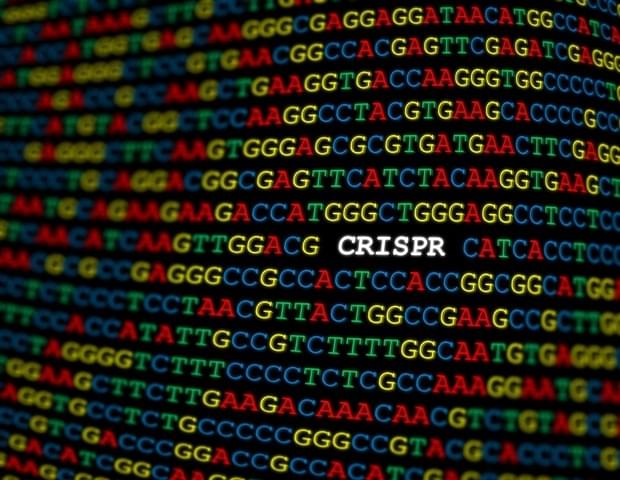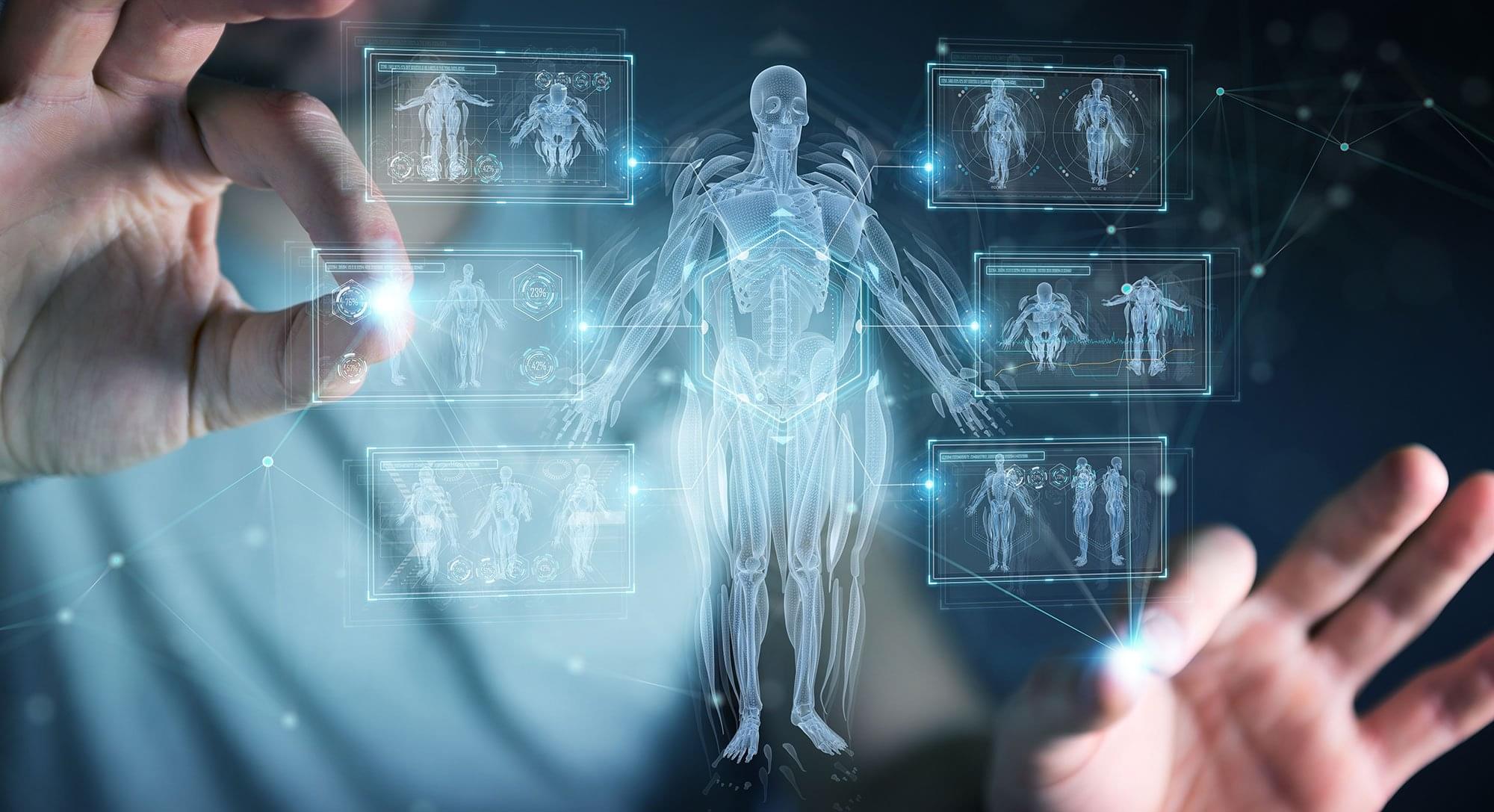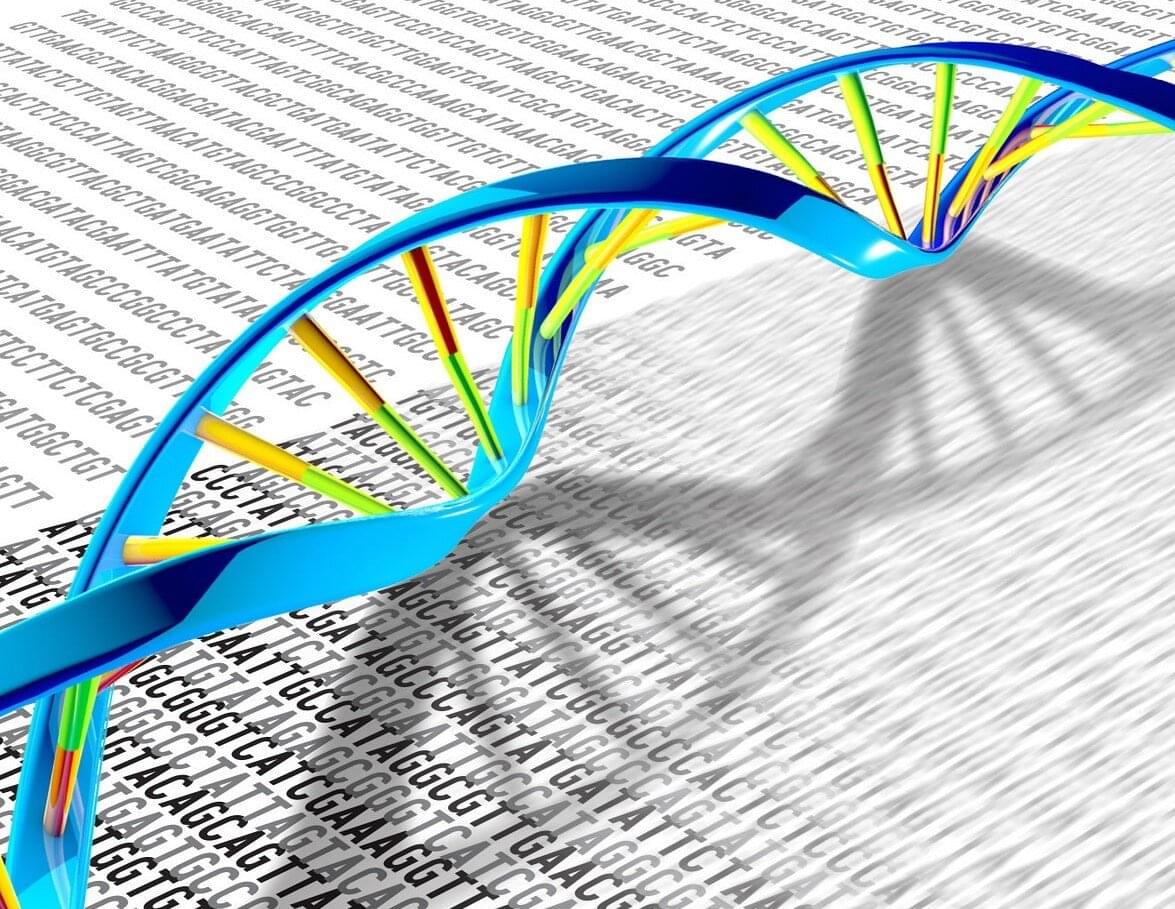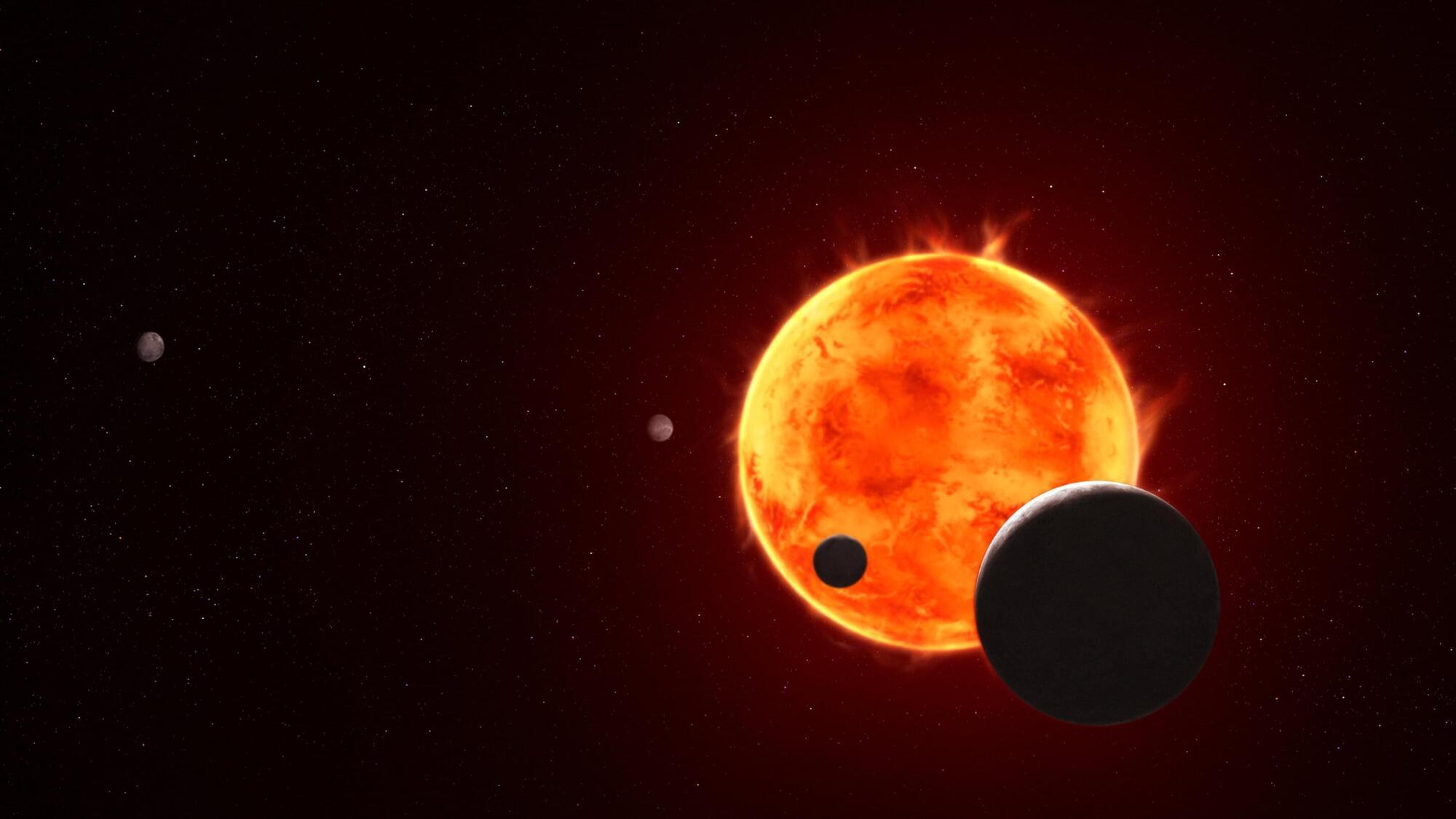After decades of relying on aging satellites, NOAA is launching a purpose-built eye on the sun.
Get the latest international news and world events from around the world.

The Muscle-Brain Axis and Neurodegenerative Diseases: The Key Role of Mitochondria in Exercise-Induced Neuroprotection
Regular exercise is associated with pronounced health benefits. The molecular processes involved in physiological adaptations to exercise are best understood in skeletal muscle. Enhanced mitochondrial functions in muscle are central to exercise-induced adaptations. However, regular exercise also benefits the brain and is a major protective factor against neurodegenerative diseases, such as the most common age-related form of dementia, Alzheimer’s disease, or the most common neurodegenerative motor disorder, Parkinson’s disease. While there is evidence that exercise induces signalling from skeletal muscle to the brain, the mechanistic understanding of the crosstalk along the muscle–brain axis is incompletely understood. Mitochondria in both organs, however, seem to be central players.





Scientists Train AI to Forecast Over 1,000 Diseases, Years in Advance
Scientists said Wednesday that they had created an AI model able to predict medical diagnoses years in advance, building on the same technology behind consumer chatbots like ChatGPT.
Based on a patient’s case history, the Delphi-2M AI “predicts the rates of more than 1,000 diseases” years into the future, the team from British, Danish, German and Swiss institutions wrote in a paper published in the journal Nature.
Researchers trained the model on data from Britain’s UK Biobank – a large-scale biomedical research database with details on about half a million participants.

Rapamycin linked to DNA damage resilience in aging human immune cells
University of Oxford-led research finds low-dose rapamycin functions as a genomic protector in aging human immune cells, lowering DNA damage.
The mechanistic target of rapamycin (mTOR) is a central signaling pathway that regulates and coordinates cell growth, metabolism, and survival in response to environmental cues. It helps cells integrate signals from growth factors, nutrients, and stress to control whether they are in an anabolic (building up) or catabolic (breaking down) state.
Aging immune systems accumulate DNA damage linked to immunosenescence. Rapamycin is a drug that inhibits the mTOR pathway. Originally developed for organ transplantation to prevent immune rejection, previous research has found that, at non-immunosuppressive doses, rapamycin can mitigate cellular senescence.

TRAPPIST-1e observations narrow down possibilities for atmosphere and surface water on elusive exoplanet
University of Bristol astrophysicists are helping shed new light on an Earth-sized exoplanet 40 light years away where liquid water in the form of a global ocean or icy expanse might exist on its surface. That would only be possible if an atmosphere is present—a big mystery that the scientists are attempting to unravel and now even closer to solving using the largest telescope in space.
Deploying NASA’s JWST, the researchers have reached these discoveries as part of a major international project which is probing the atmosphere and surface of TRAPPIST-1e, also more simply known as planet e in the system, orbiting within the habitable zone of red dwarf star TRAPPIST-1.
Exoplanets are highly varied planets which orbit stars outside the solar system. Planet e is of particular interest because the presence of liquid water—not too hot or cold—is theoretically viable, but only if the planet has an atmosphere.
CEA-Leti to Present Breakthrough Toward Ultra-Compact, High-Resolution AR/VR Displays at MicroLED Connect Conference
Interesting.
GRENOBLE, France – Sept. 16, 2025 – CEA-Leti and the Centre for Research on Heteroepitaxy and its Applications (CRHEA) today announced R&D results that have cleared a path toward full-color microdisplays based on a single material system, a long-standing goal for augmented and virtual reality (AR/VR) technologies.
The project, presented in a paper published in Nature Communications Materials, developed a technique for growing high-quality InGaN-based quantum wells on sub-micron nanopyramids, enabling native emission of red, green, and blue (RGB) light from a single material system. Titled “Regular Red-Green-Blue InGaN Quantum Wells With In Content Up To 40% Grown on InGaN Nanopyramids”, the paper will be presented at the MicroLED Connect Conference on Sept. 24, in Eindhoven, the Netherlands.
Microdisplays for immersive devices require bright RGB sub-pixels smaller than 10 × 10 microns. According to the paper, “the use of III-nitride materials promises high efficiency micro-light emitting diodes (micro-LEDs) compared to their organic counterparts. However, for such a pixel size, the pick and place process is no longer suitable for combining blue and green micro-LEDs from III-nitrides and red micro-LEDs from phosphide materials on the same platform.” Red-emitting phosphide micro-LEDs also suffer from efficiency losses at small sizes, while color conversion methods face challenges in deposition precision and stability.